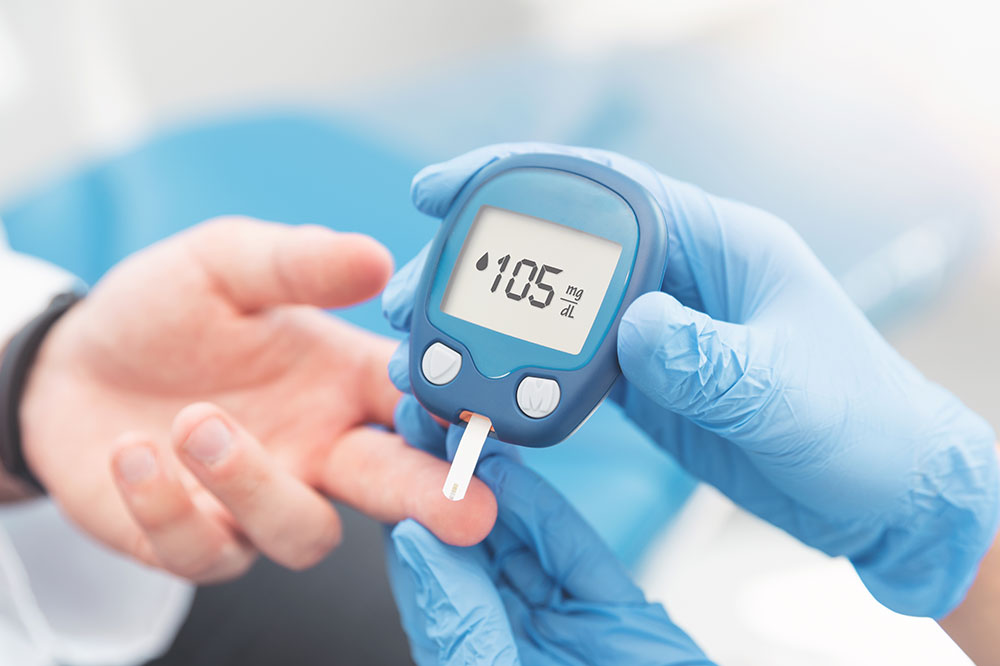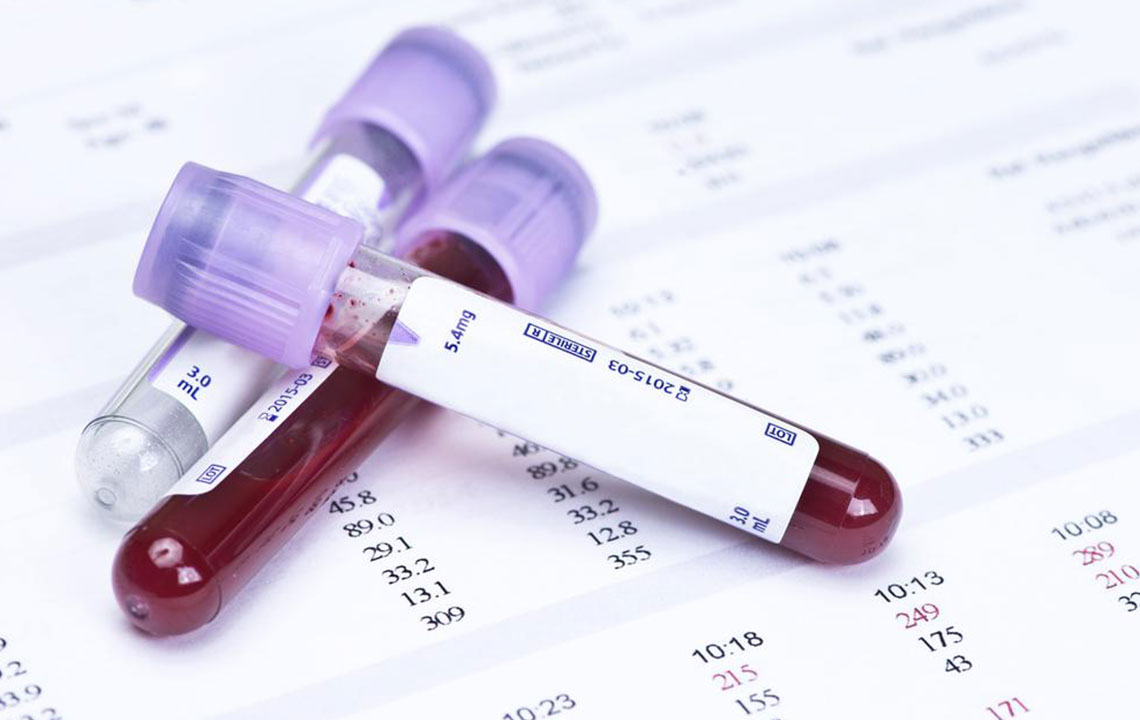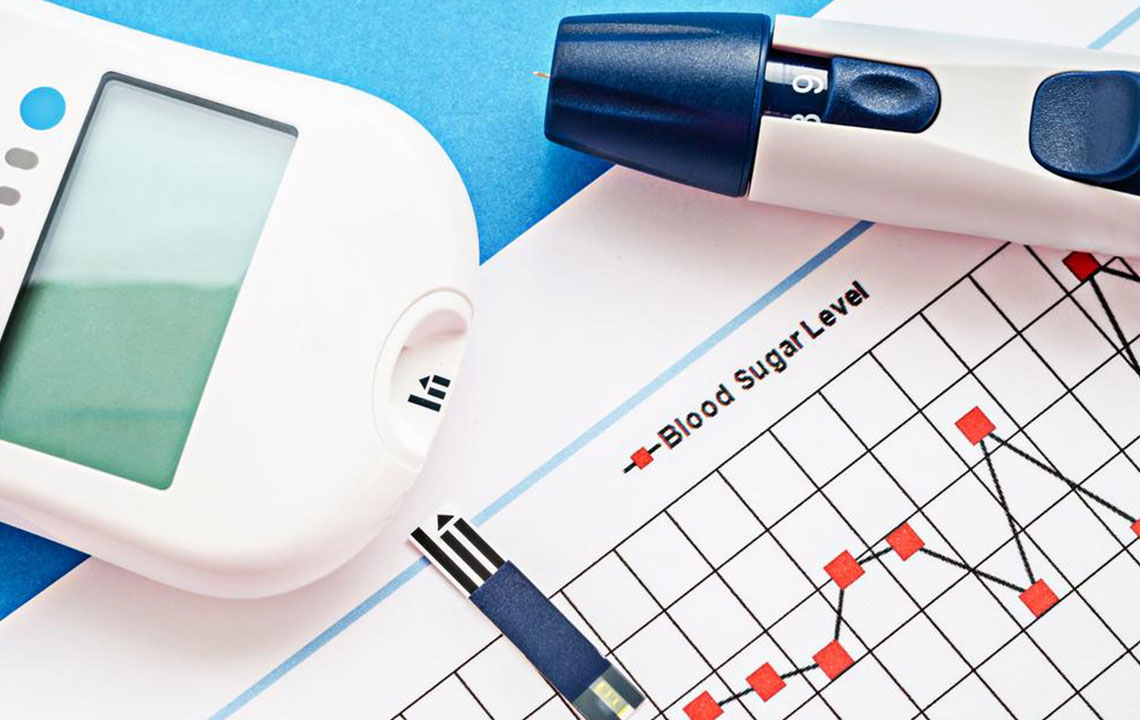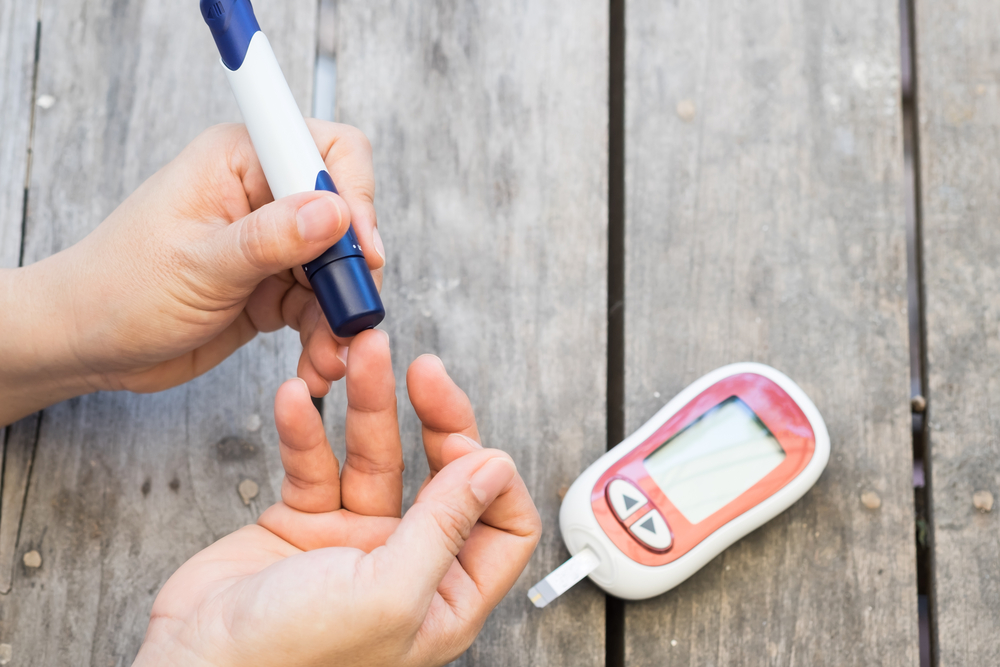Understanding Blood Glucose Charts: Significance, Elements, and Management
This article explores the importance of blood glucose charts, their key components, and how to manage blood sugar levels effectively. It emphasizes regular monitoring and maintaining a healthy lifestyle to prevent health complications associated with abnormal glucose levels, especially in diabetics. Practical tips include dietary habits, exercise, and stress management to keep blood sugar within safe limits and promote overall wellness.

The level of glucose in your blood illustrates how much sugar is present in your bloodstream at any given moment. This sugar is transported to body cells to generate energy essential for various bodily functions. Our diet provides the raw material for this sugar, primarily in the form of glucose. The human body carefully regulates blood glucose levels, preventing both excessive highs and dangerous lows. Unlike table sugar, the blood sugar present is solely in the form of glucose, which is vital for health.
Blood sugar fluctuates throughout the day. It drops to its lowest point in the early morning before breakfast, rises after meals, then stabilizes. A healthy fasting blood glucose level is typically below 99 mg/dL. In diabetics, fluctuations are more pronounced, with target ranges often set below 130 mg/dL pre-meal and under 180 mg/dL post-meal.
What Is a Blood Glucose Chart?
Monitoring blood glucose levels within a normal range is crucial for maintaining health. Proper diet, medications, and regular exercise aid in this process. A blood glucose chart displays these levels over time, showing peaks and valleys, especially important for diabetes management. Since blood sugar varies throughout the day, tracking these patterns helps in making informed health decisions.
Maintaining stable blood sugar levels is essential because imbalances can impact vital organs such as kidneys, eyes, and the heart. Regularly recording glucose levels allows individuals to identify dangerous spikes or drops early, reducing health risks. Diabetics should particularly monitor their levels closely to prevent complications and promote overall well-being.
Various devices assist in recording blood sugar, but it’s important to consult a healthcare professional before use. Components tracked include fasting sugar levels and post-meal readings. Comparing these to normal ranges reveals whether blood sugar is within safe limits. For healthy people, fasting levels below 100 mg/dL and post-meal levels under 140 mg/dL are considered normal.
Adopting a healthy lifestyle is key for maintaining optimal blood glucose. This includes balanced nutrition, adequate sleep, regular physical activity like walking or jogging, and avoiding habits such as smoking and excessive alcohol consumption. Managing stress is also vital for keeping glucose levels stable, supporting overall health and diabetes prevention.










